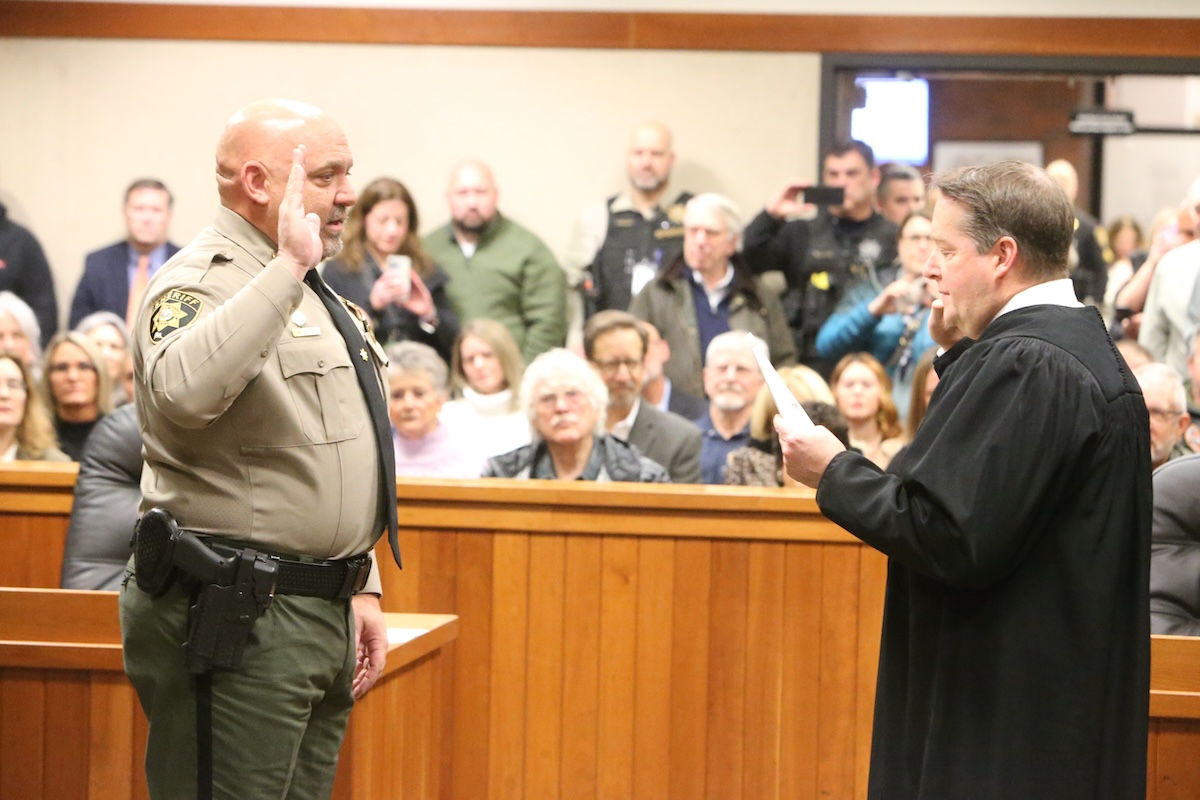Method to track firearm use stalled by foes
Published 5:00 am Wednesday, June 13, 2012
Identifying the firearm used in a crime is one of the biggest challenges for criminal investigators. But what if a shell casing picked up at a murder scene could immediately be tracked to the gun that fired it?
A technique that uses laser technology and stamps a numeric code on shell casings can do just that. But the technology, called microstamping, has been swept up in the larger national debate over gun laws and Second Amendment rights, and efforts to require gun makers to use it have stalled across the nation.
“I think it is one of these things in law enforcement that would just take us from the Stone Age to the jet age in an instant,” said Commissioner Frederick Bealefeld of the Baltimore Police Department. “I just can’t comprehend the opposition to it.”
But legislation proposed in several states to require gun manufacturers to use the technique has met with fierce opposition. Opponents, including the gun industry and the National Rifle Association, argue that microstamping is ineffective and its cost prohibitive. By linking guns to their original purchasers, they say, it unfairly targets legal gun owners, when the guns used in most crimes are illegally obtained.
The issue has become so heated that in New York, where the state Assembly is expected to debate a microstamping bill as early as today, one gun maker, the Remington Arms Co., has threatened to pull its business out of the state if the bill becomes law.
“Such a mandate could force Remington to reconsider its commitment to the New York market altogether,” said Teddy Novin, a company spokesman.
In California, legislation signed by Gov. Arnold Schwarzenegger in 2007 has been held up while the attorney general’s office makes sure the technology is unencumbered by patents. A gun rights group, the Calguns Foundation, went so far as to pay a $555 fee to extend a lapsing patent held by the developer to further delay the law from taking effect.
“It was a lot cheaper to keep the patent in force than to litigate over the issues,” said Gene Hoffman, the chairman of the foundation.
Todd Lizotte, an engineer who developed the technique in the 1990s, said he wants the patents to lapse and the technology to be in the public domain.
Microstamping works much like an ink stamp. Lasers engrave a unique microscopic numeric code on the tip of a gun’s firing pin and breach face. When the gun is fired, the pressure transfers the markings to the shell casings. By reading the code imprinted on casings found at a crime scene, police officers can identify the gun that was fired and track it to the purchaser.
In response to the critics, Lizotte said that no new technology was tamper-proof, but that erasing the microscopic code was not easy. The technology is steadily evolving and becoming more reliable and cost effective, he said, and waiting until it is foolproof makes no sense.
For his part, Lizotte said microstamping had nothing to do with gun rights.
“I’m a Second Amendment guy,” he said, adding that he is a member of the NRA. “I just want to be part of the solution of protecting rights, because every time something bad happens with a firearm, my rights get curtailed.”






